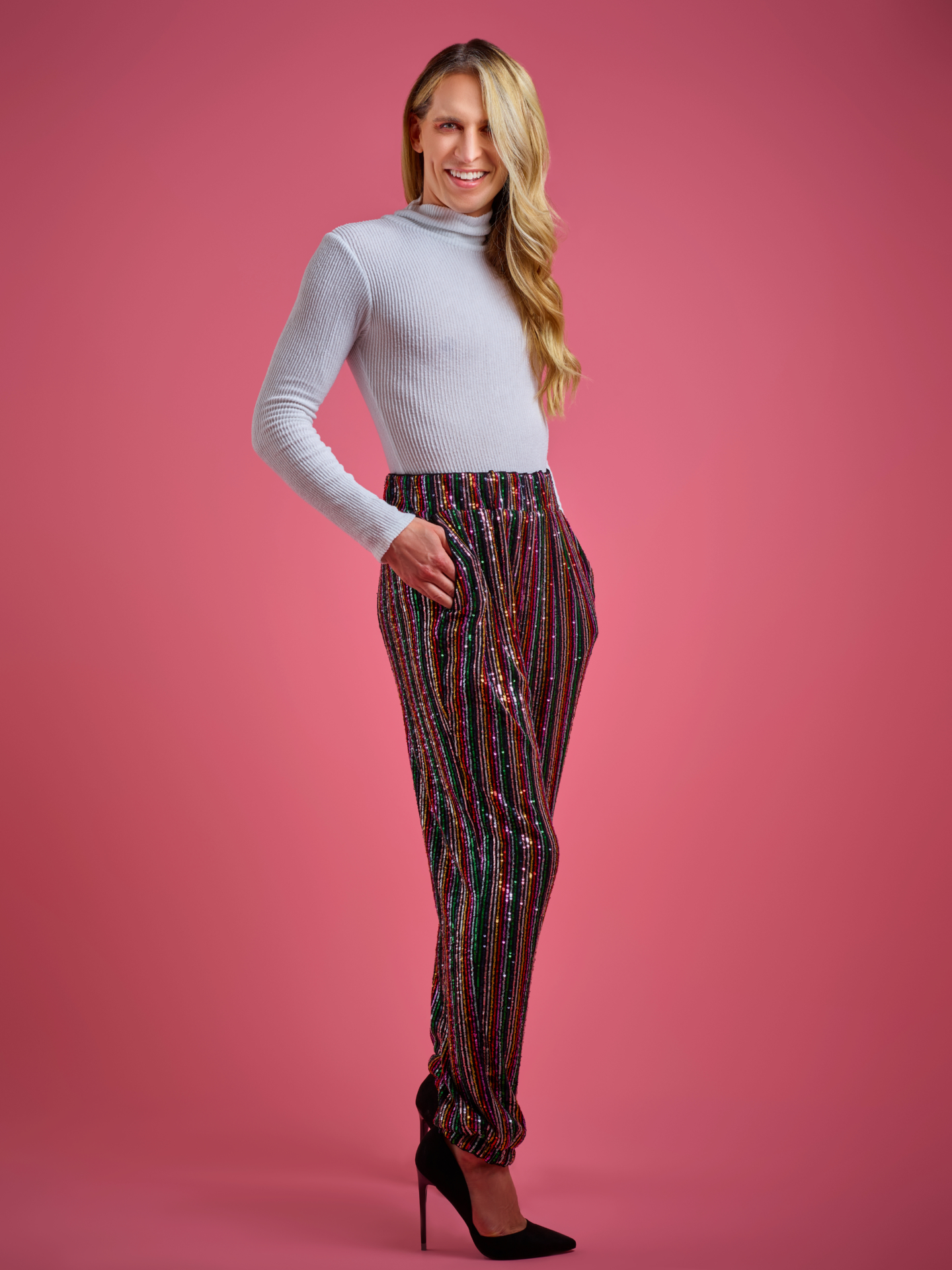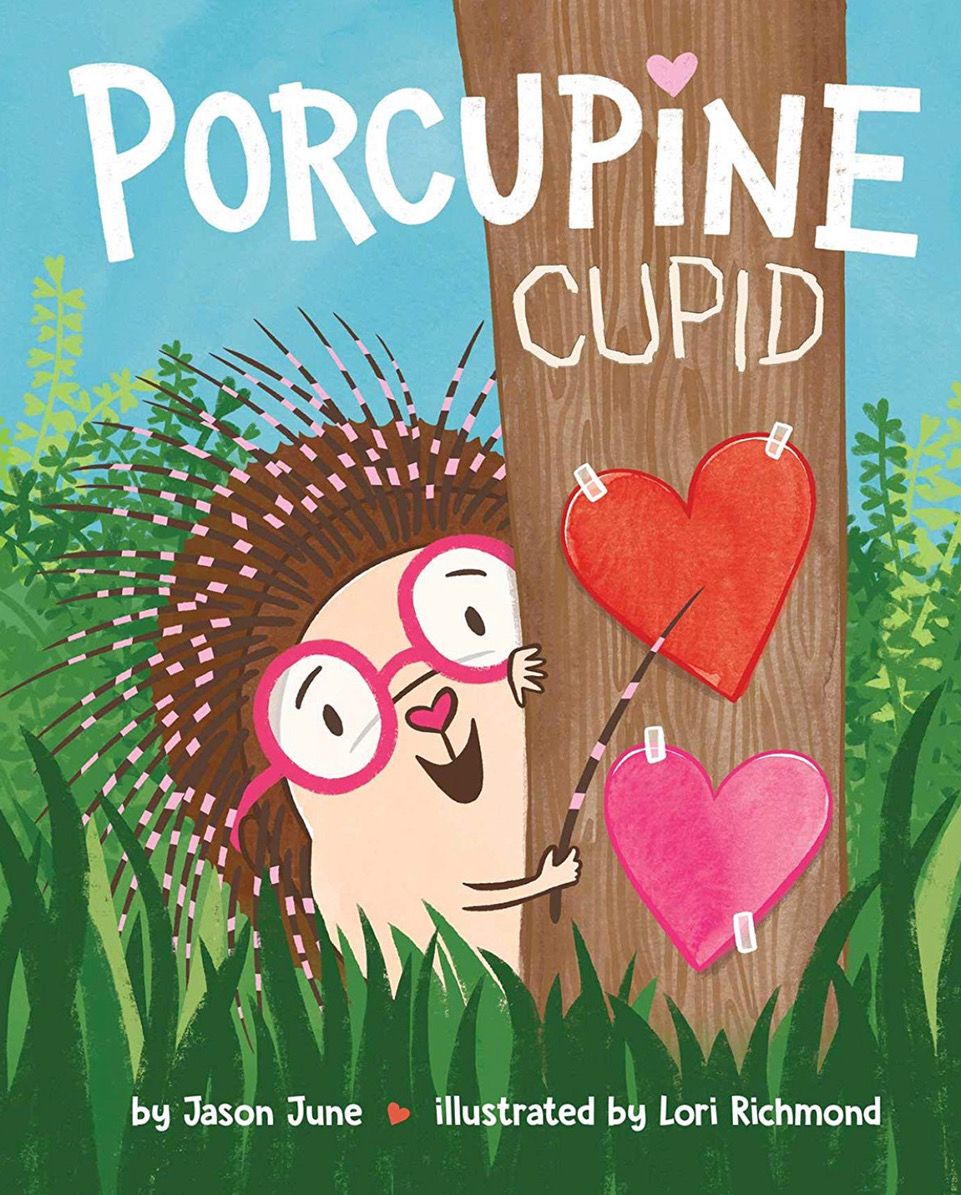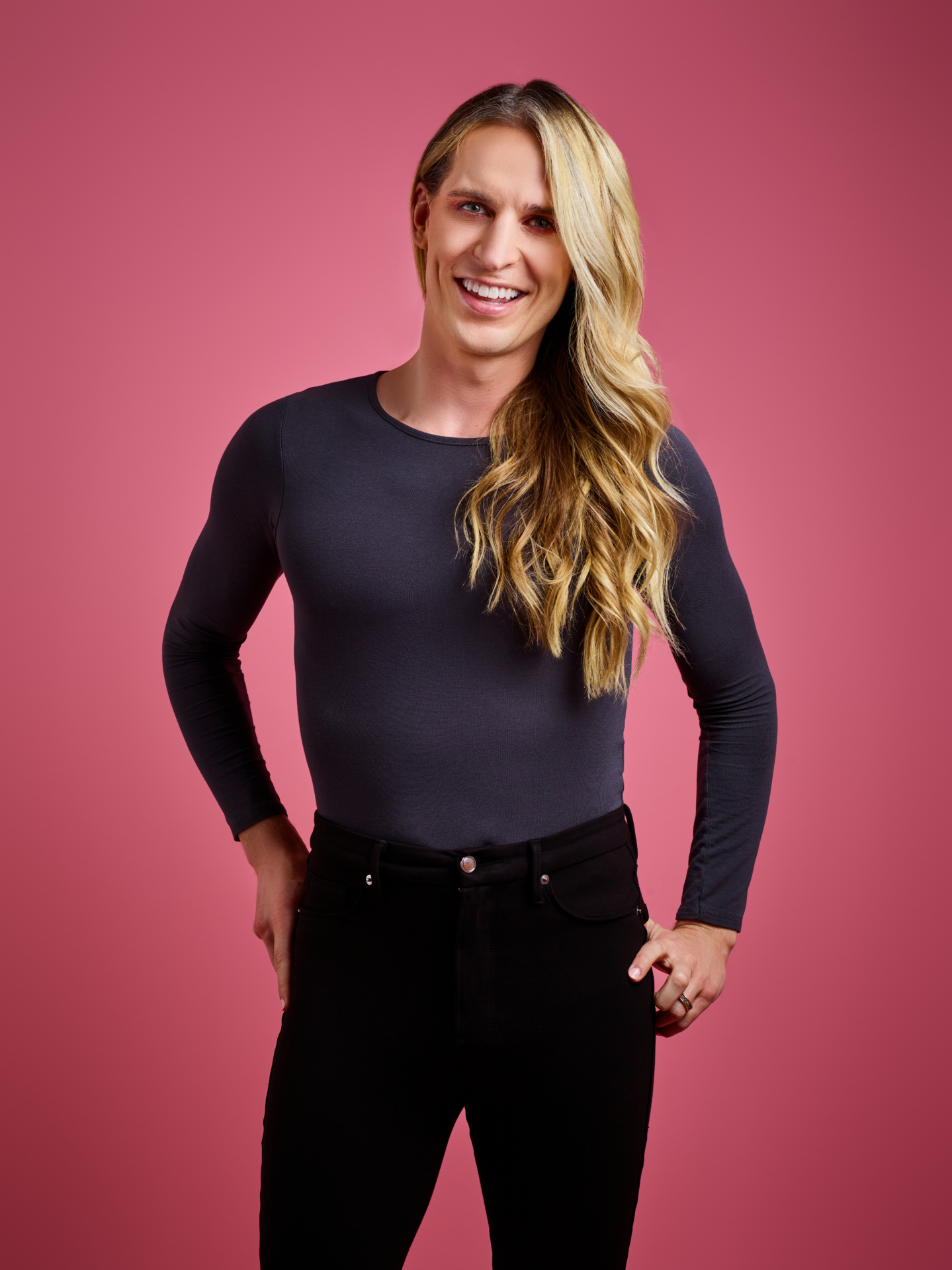
Jason June has had a meteoric rise in the literary world recently. The genderqueer author’s focus has been highlighting several different kinds of powerful and inspiring characters with the LGBTQIA youth in mind.

These types of books, from my knowledge, really weren’t around much when my generation (Millennials) were growing up. Jason June, along with many authors just like him, are changing that mindset in the world we live in today for any child, LGBTQIA or not, who wants to be their authentic selves no matter their age or environment that surrounds them.
Jason June discussed this and so much more in our exclusive interview with him below.

How did your career as a writer begin?
I’ve been writing for as long as I can remember, at first writing word for word the script of Labyrinth when I was eight years old so my friends and I could put on an impromptu performance of the movie. Then it moved on to Pokémon fan fiction, and in high school I started writing my own work in Creative Writing classes. But for whatever reason, I convinced myself that actually pursuing writing wasn’t a realistic career. So instead I explored the business side of things, interning and assisting at a children’s literary agency. It was there—seeing all these amazing worlds for kids and teens getting turned into actual books—that I realized I couldn’t let the dream of getting published fizzle out, and I got back to writing.
Did you have any journalism heroes that inspired your writing?
While I was always such a fan of journalism greats like Oprah Winfrey and Barbara Walters, my big inspirations came from the people who created fictional worlds that I could not get out of my head. I would not be a reader or writer if it wasn’t for Katherine Applegate and Michael Grant who wrote the Animorphs series. The dozens of books about kids who could turn into animals to fight mind-controlling alien slugs really sparked my creativity and set me on this path to becoming a writer.
https://www.instagram.com/p/CJwCA6KgueS/
Tell us more about your wonderful children’s story Porcupine Cupid. How did that come about?
Porcupine Cupid is a queer-inclusive Valentine’s Day picture book, illustrated by the phenomenal Lori Richmond. The story first came about because 1) I’m in love with love (and Valentine’s Day), and 2) I wanted to play with the idea of an emotion literally becoming a character. Porcupine plays the part of love and how it can strike us when we least expect it and really don’t have control over it. He pokes his neighbors to lead them in the direction of their soulmate, but as you can imagine, his intentions aren’t quite clear to the folks who’ve been poked. It’s like that so often with love. You get rumblings in your belly, tingles in your heart, and you’re not quite sure what to do with all these feelings. But it’s how you talk them out and have conversations with the people that are making these feelings arise that can lead to the magic of love. I know I sound so mushy right now, but I seriously love love! And it was just icing on the cake that Simon & Schuster was all on board when I asked that we include queer characters and couples, and Lori was such a fabulous ally as we discussed how to include queer cues in the illustrations.
Do you feel as if the book world doesn’t have enough queer representation, especially for our LGBTQ youth?
I definitely feel like there isn’t enough queer representation yet, especially in the realm of picture books. Vocal opponents of LGBTQ themes in picture books like to use the excuse that queer representation isn’t “age appropriate”, but you’re never too young to discuss love, the world, and the people in it. Not to mention that so many of us had an idea from a very young age that we didn’t fit the heterosexual and/or cisgender mold, and to have LGBTQ books to turn to that let us know we’re not alone would be such a balm. I’m thankful that we’re moving into an age with more and more queer rep for our youngest readers (with amazing books like When Aidan Became a Brother by Kyle Lukoff, illustrated by Kaylani Juanita; Worm Loves Worm by J.J. Austrian, illustrated by Mike Curato; and Julián is a Mermaid by Jessica Love), and I’m making it a mission of mine to help add to these LGBTQ+ offerings by having queer characters and themes in my work, no matter the age.

Can you tell us about your coming out story and how it came to be?
Jay’s Gay Agenda, my debut YA romcom releasing in June, was very very loosely inspired by my life growing up as the only out gay kid in rural Eastern Washington. The book follows Jay Collier, the only out gay kid at his small rural high school. While his straight classmates have all these relationship milestones, he makes a list (his Gay Agenda) of all the things he wants to do when he finally meets another boy-who-likes-boys. Then his mom gets a job in the big city, and he’s finally surrounded by other queer teens, allowing him to cross items off his romance to-do list. I’m so excited about this sex-positive romcom because it explores love and lust and all the mistakes we can make and victories we can have when we’re finally seen as romantic and sexual beings. Another aspect of this novel is that it’s actually not a coming out story. Jay comes out and is embraced by his community. I love coming out stories and think they hold such an important place in queer literature, but I wanted to create a story that explored life after coming out and celebrating gayness.
I know you are also releasing many other children’s stories this year. What will they be about?
It’s totally surreal to me that in a twelve month period—more than three years after the publication of my last (and debut) book—I’ll have six books coming out. Other than Porcupine Cupid and Jay’s Gay Agenda, I have four books releasing in my Mermicorn Island chapter book series. The first two drop on February 2, and they follow the adventures of a mermaid-unicorn hybrid and the shenanigans he and his friends get up to with magic seashells. The third book in the series, Too Many Dolphins!, which releases July 6, features gay dolphin dads and themes of found family, so it really holds a special place in my heart.
https://www.instagram.com/p/CGGaZzGHF97/
In conclusion what are you most excited for as your career continues to blossom?
Really I’m most excited for notes from queer readers that they see themselves in my books and could connect with a character. That’s the most special thing about books, that we can have this shared experience without ever being in the same room together. Whether it’s parents and guardians getting to show their kids the gay bears or sapphic bobcats in Porcupine Cupid, or a teen who knows what it feels like to be the only queer kid at their school and can’t wait to meet others like in Jay’s Gay Agenda, readers reaching out and acknowledging that nod or wink or wave I’m sending them really means the world to me.
